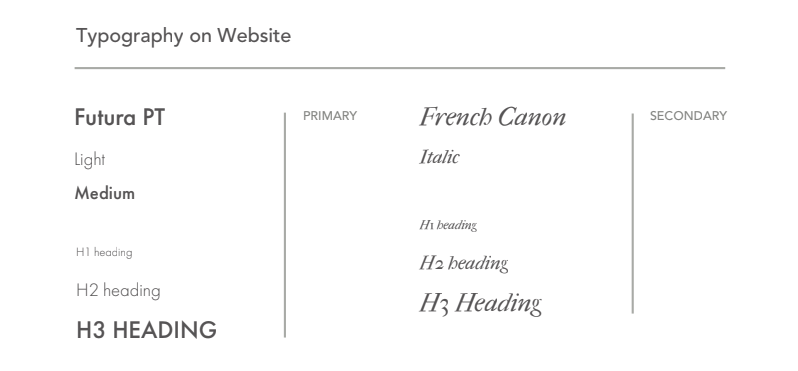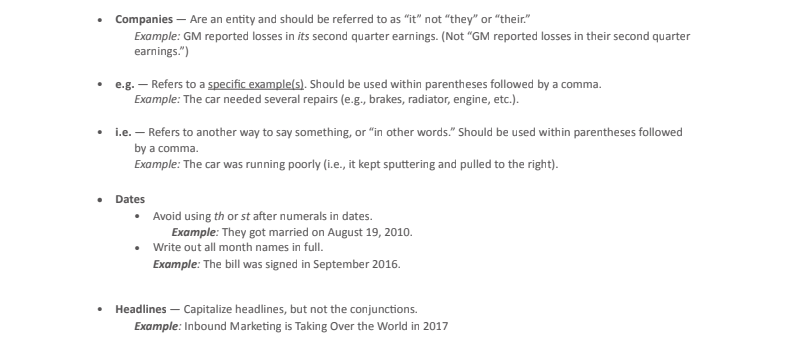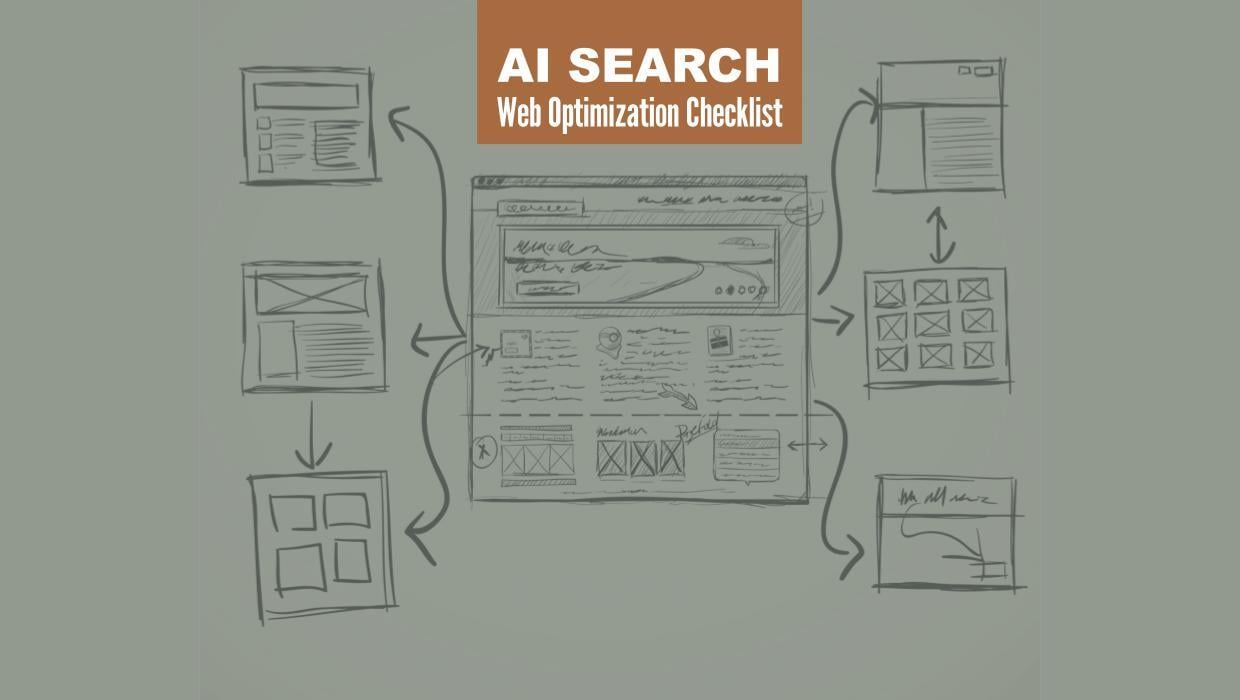8 Must-Have Tools for Your Content Marketing Toolkit
Written by

Part of the appeal of content marketing is its adaptability to any industry and nearly any marketing strategy. To gain the best advantage for your marketing and sales initiatives, lead generation, and sustained growth strategies, it’s important that you have tools that will serve you.
What’s in your content marketing toolkit? If you’re missing any of these 8 essentials that cover everything from content style considerations to SEO best practices, you could also be missing out on leads, customers, and sales.
1. Brand Overview
Every content creator should pin this on his or her wall: a short statement (your positioning statement, if your organization has one) that clearly identifies your list of target personas, what your company's products/services represent to them, and what your company does better than your competitors. This is a simple yet powerful reminder of why they’re creating content and what each piece needs to communicate. Plus, the focus on well-defined audiences puts intentionality behind attracting prospects that fit your growth strategy.
2. Brand Style Guide
In conjunction with aligning content to brand strategy and audiences, most medium- and large-size organizations have created brand style guides. These documents serve as the authoritative source with regard to ensuring consistency and maintaining brand integrity. Style guides typically include “official” usage dos and don’ts: the corporate color palette, typography, photo guidelines, preferred ways to refer to products and services, etc.

3. Content Inventory
Dig into whatever content archives exist of your company communications – newsletters, videos, reports, sales materials – and put them on a list that also indicates the target and purpose of each piece. This relatively simple marketing content audit gives content creators a place to turn when determining a topic to write about or to reference for supporting information.
4. Image Library
There is a visual element to content creation that, with the right leverage, can serve as a powerful attractor. Maintain an inventory of images that accurately and positively represents your product/service and its competitive advantages (time-saving innovation, added functionality, unique capabilities, etc.) that speak to — and solve — customer pain points. Not in a position to curate your own photo collection? A number of stock photo libraries such as iStock, gettyimages, Shutterstock and many others are available online with professional images appropriate for commercial use.

5. Idea Generators
Sometimes, writer’s block or a lack of writing experience could mean even the best marketing content audit list can’t spark topics for some content contributors. To help out, provide this top 10 list of blog article idea generators to help writers identify and create new content. Having an approved content list of general topics (e.g., “How Feature X Reduces Downtime,” or “When Refinancing Makes Sense”) is a good way to build writing confidence and gain solid content. To offer even more support, gather sales and customer service/operations team members together for quarterly brainstorm sessions and document the ideas — it’s an exercise that keeps everyone sharp.
6. Opportunities Calendar
Upcoming company and industry events can be content goldmines. Create a calendar that includes events like your next trade show, key product introductions, industry conferences, release dates of research study results pertaining to your product or service, etc. From there, the sky’s the limit as to how you use the information. Pre- and post-event blog articles, for example, are perennially popular.
VIDEO: Keep Your Content Calendar Full by Repurposing Content
7. Proofreading Checklist
Your team may become the best content creators in your industry, but a factual misstep or even a typographical error can undermine credibility. Before any content gets published, it needs to be checked for accuracy. Designated proofreaders within your organization are essential. In addition to their proofing skills, they can ensure consistency across all content. How? By using a standardized checklist to verify that all facts, spelling, grammar, keywords, URLs, etc. have been reviewed and approved. For example:

RELATED: B2Bs Need to Follow These 3 Content Marketing Trends
8. Editorial Calendar
An editorial calendar underpins your content strategy. It ensures that content topics are organized, publish dates are met, and key details aren't overlooked. The information you choose to include for each content entry on the calendar is largely your preference. However, generally speaking, the most effective frameworks include: projected publish date, working headline, working description, target persona, keywords, and a relevant CTA/offer.
Bonus! Effective Content Marketing Writing Tips
Success with inbound marketing requires that your organization acts like a publisher, providing regular content that demonstrates all you can do for qualified prospects. Getting that content right takes discipline. It also takes persistence in adhering to prospect-attracting best practices in content writing, idea development, and team management — along with other tips you’ll find in this article: How to Write a B2B Blog that Generates Leads (+ Infographic!).
Further, factoring in SEO best practices is instrumental in leveraging keywords for visibility and conversions. A copywriting template doc that outlines SEO reminders throughout gives content contributors solid guidance on what to include, where to optimize content, and truly “write for SEO.”
Lastly, don’t forget the “other side” of content creation! Once you have great pieces, don’t keep them to yourself. Encourage staff social sharing by developing a promotion protocol that’s easy and efficient for them to use. Keep sharing top of mind with auto-reminder tools like Zapier.
Content is king in inbound marketing. Help your content contributors add the crowning touch with the Weidert-exclusive content creation templates and checklists you’ll find in our Ultimate Content Creation Guide. Click the button below to download your copy now!
Subscribe To Our Blog
Information. Insights. Ideas. Get notified every time a new Weidert Group blog article is published – subscribe now!
You May Also Like...

Search Engine Optimization
Optimize Your Industrial Website for AI Search

Marketing Technology
Why Unified Data Efforts Fail (and How Manufacturers Can Fix It)

Search Engine Optimization
How Falcon Rebuilt Industrial AI Search Visibility in 2025
Accelerate Your Growth with
Weidert Group
If you’re ready to explore a partnership, request a personalized consultation with our team.

